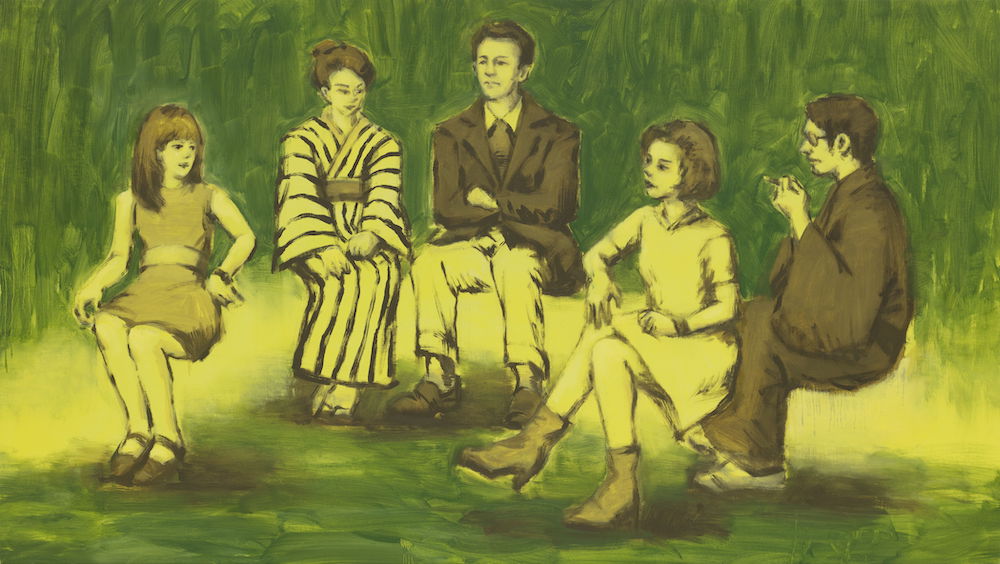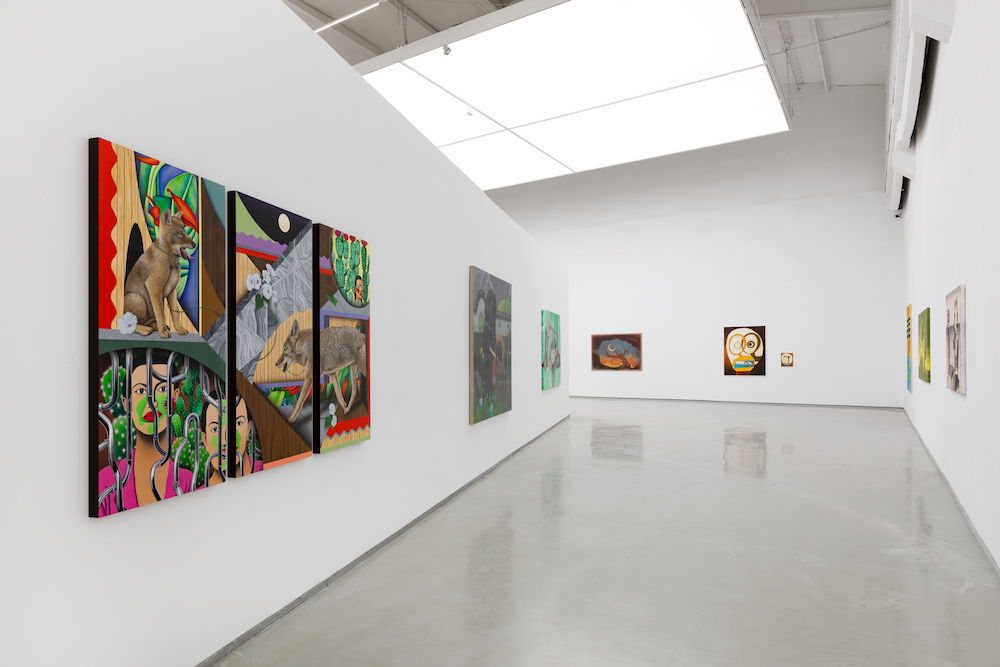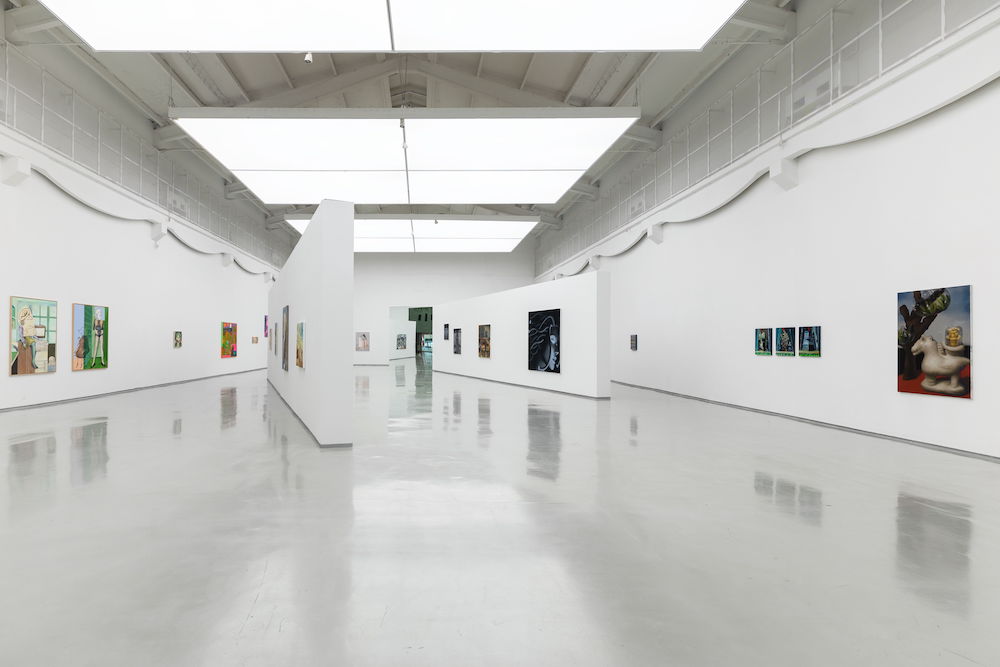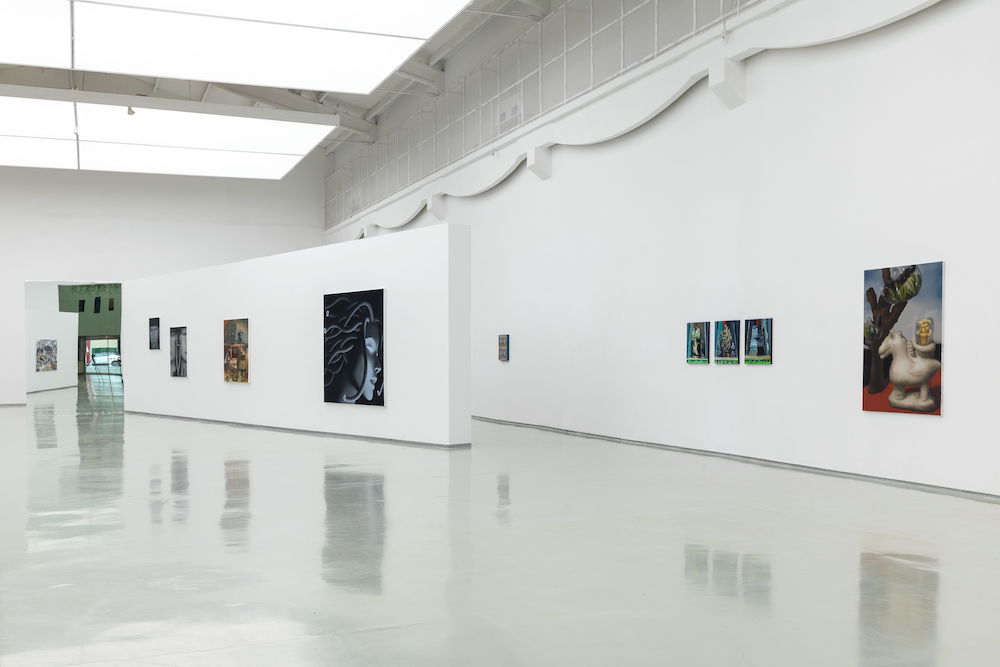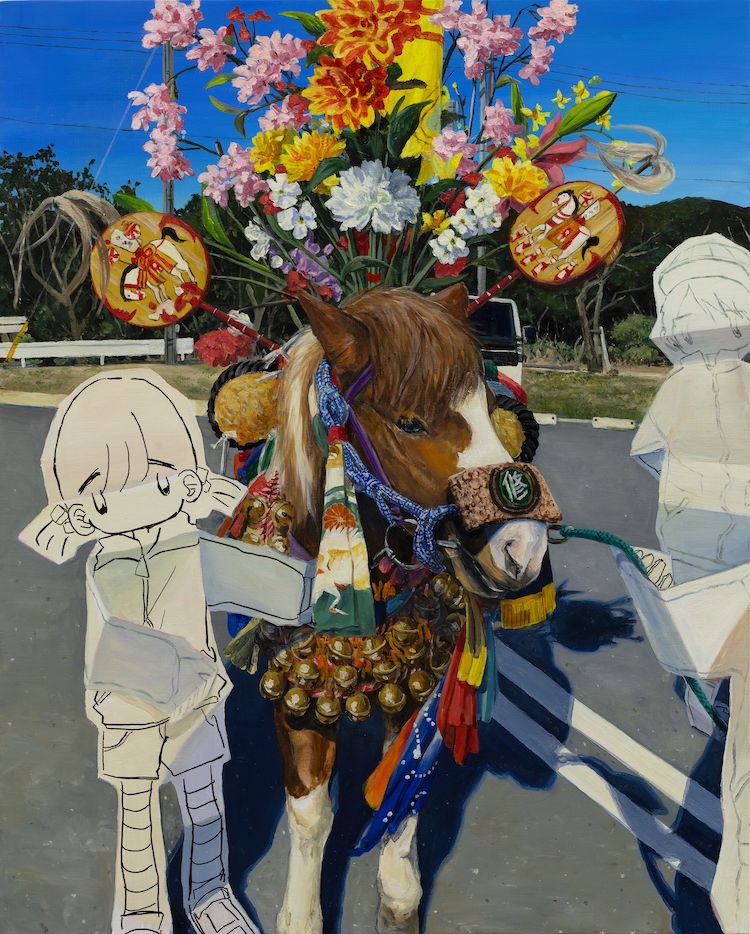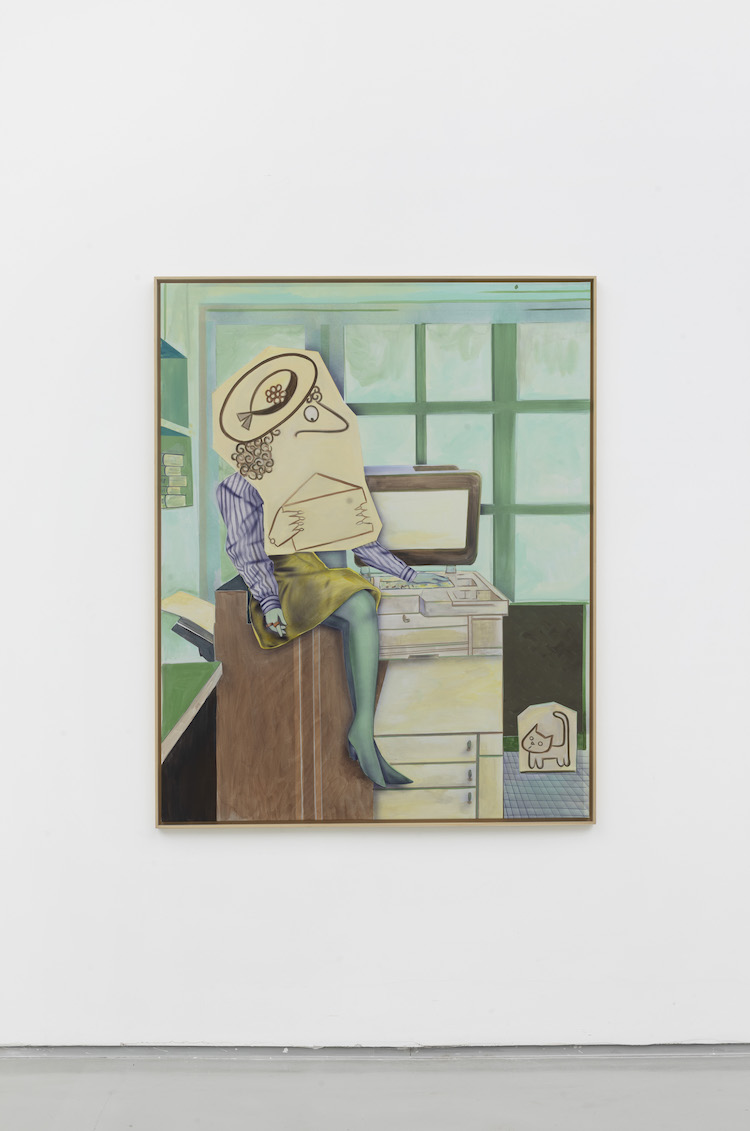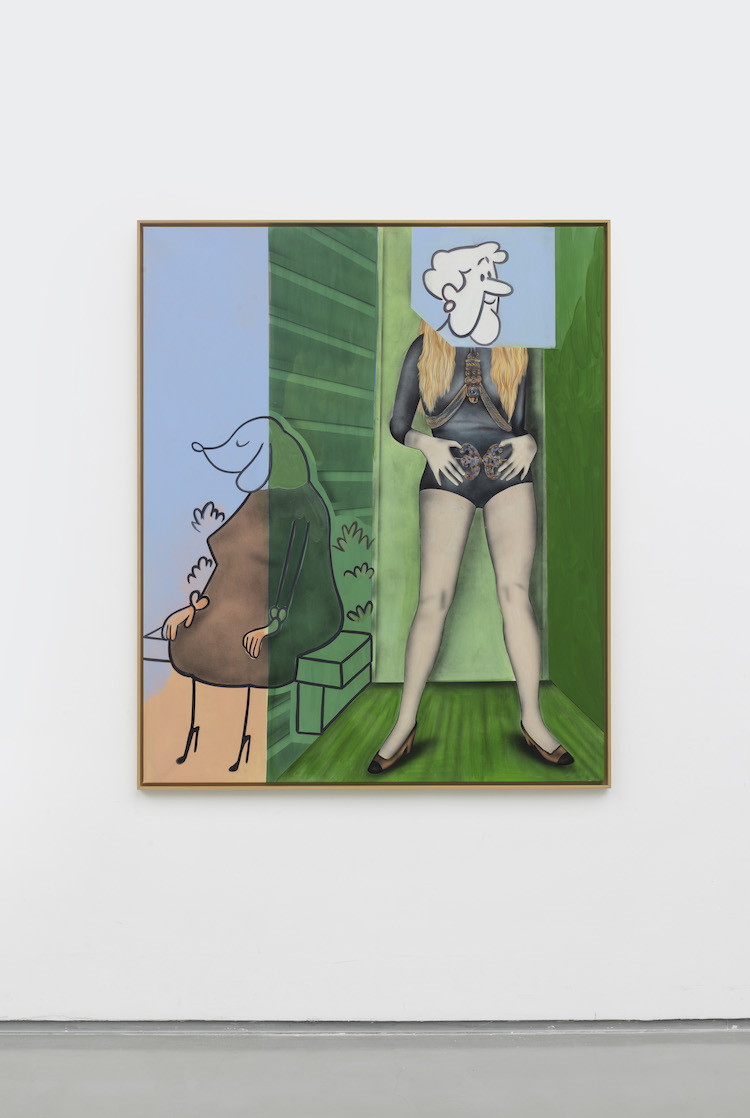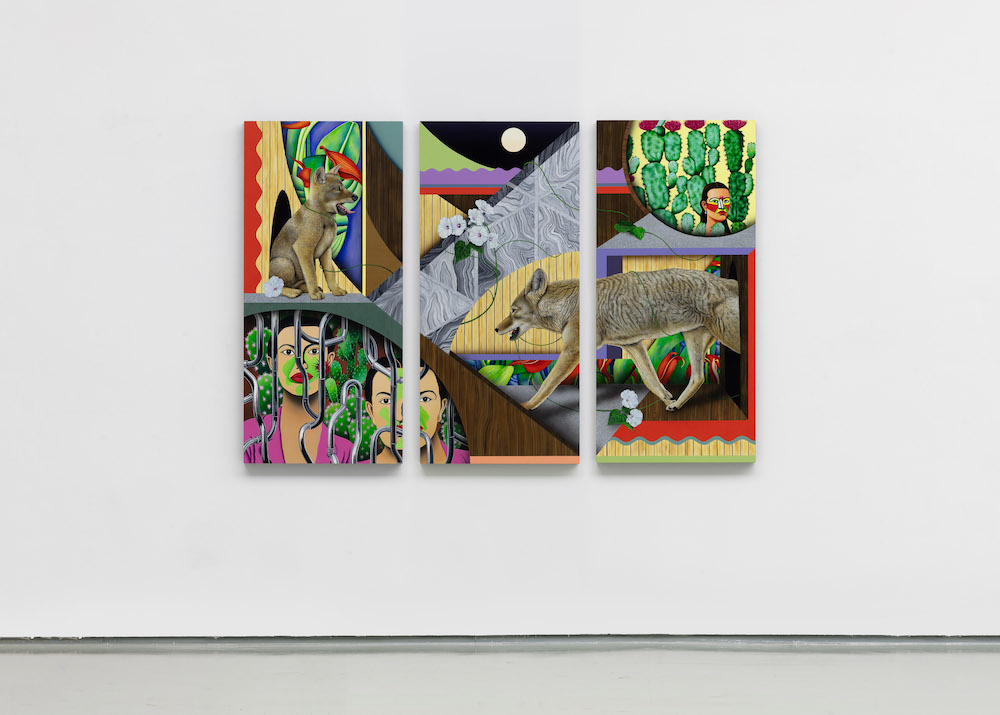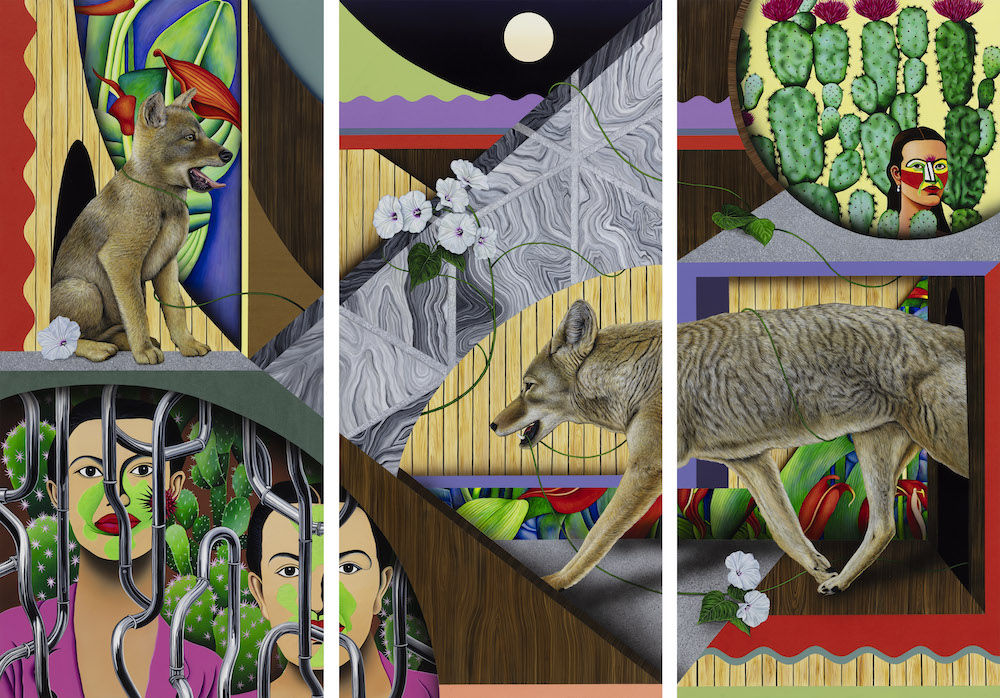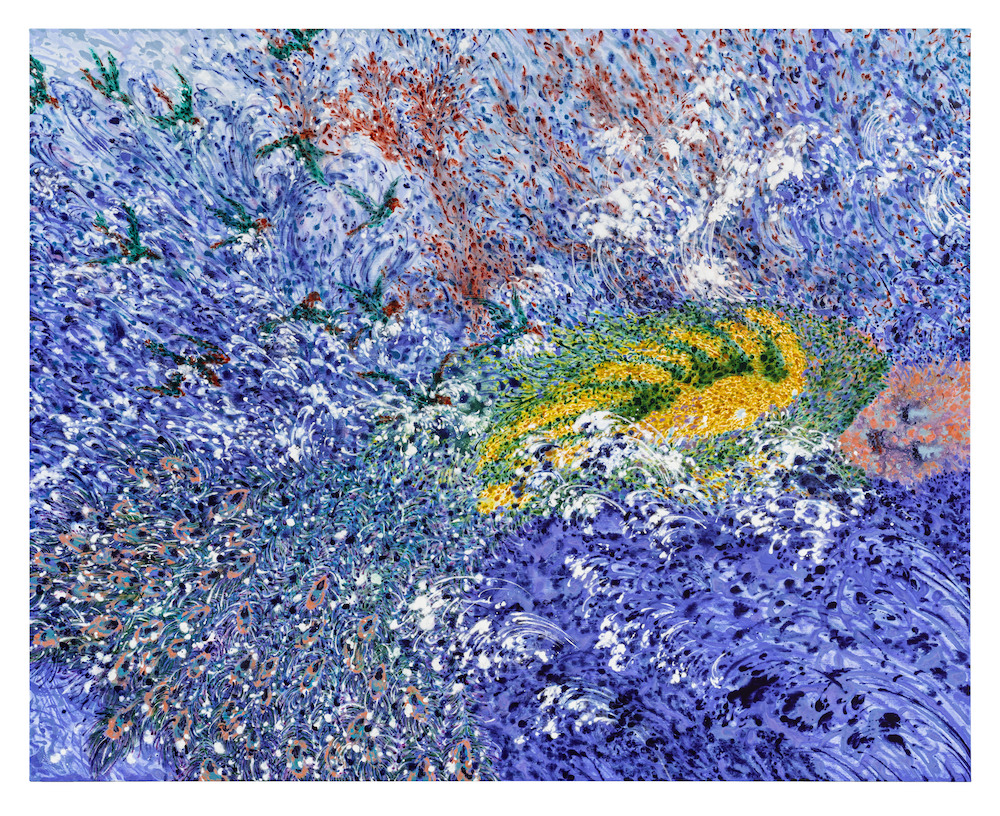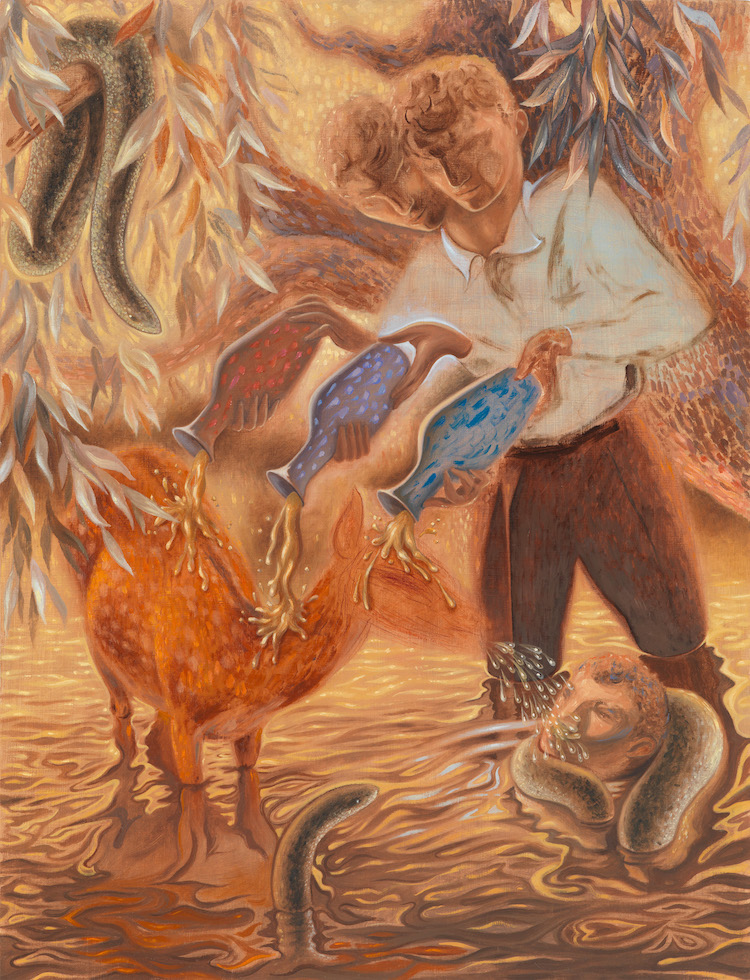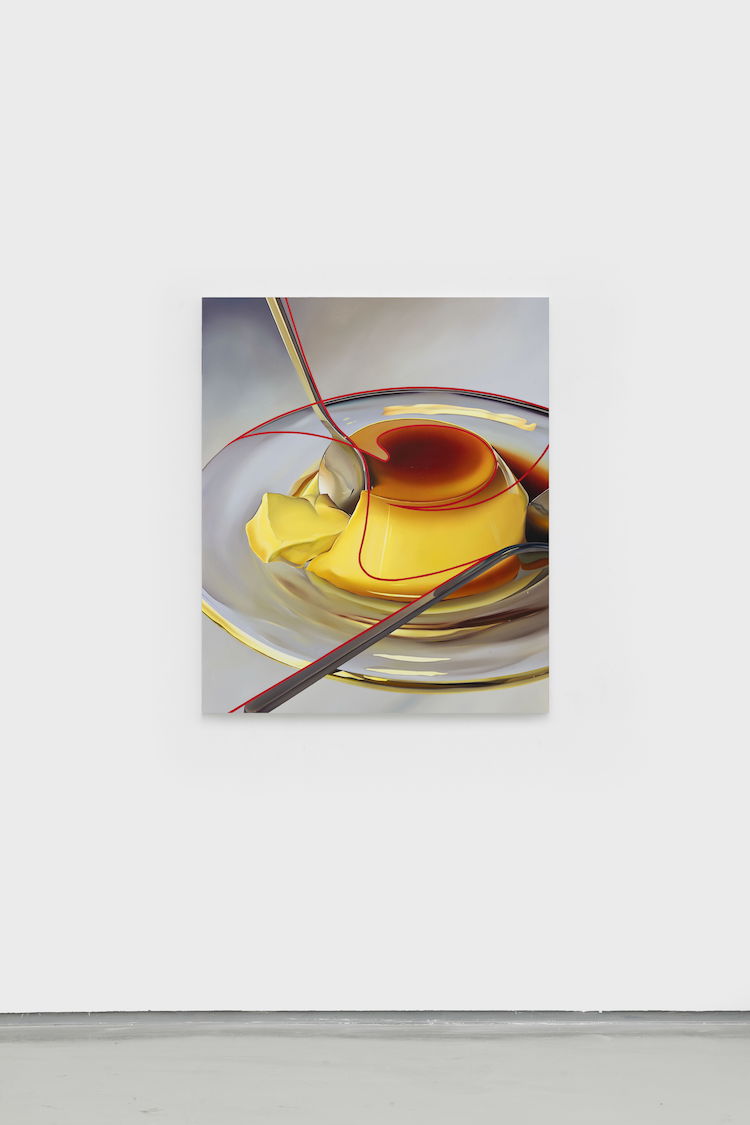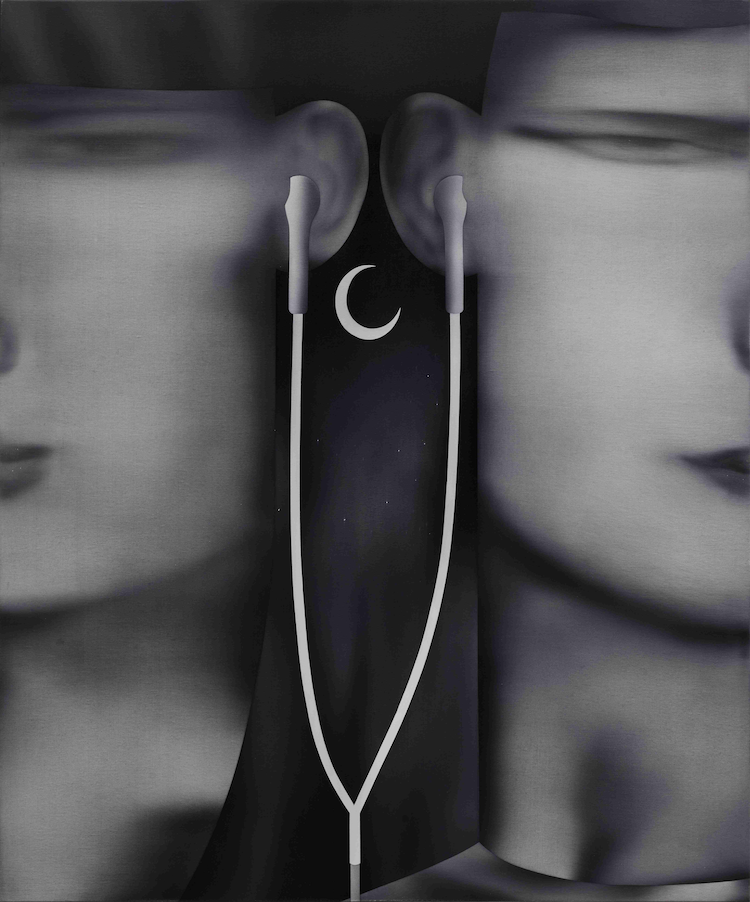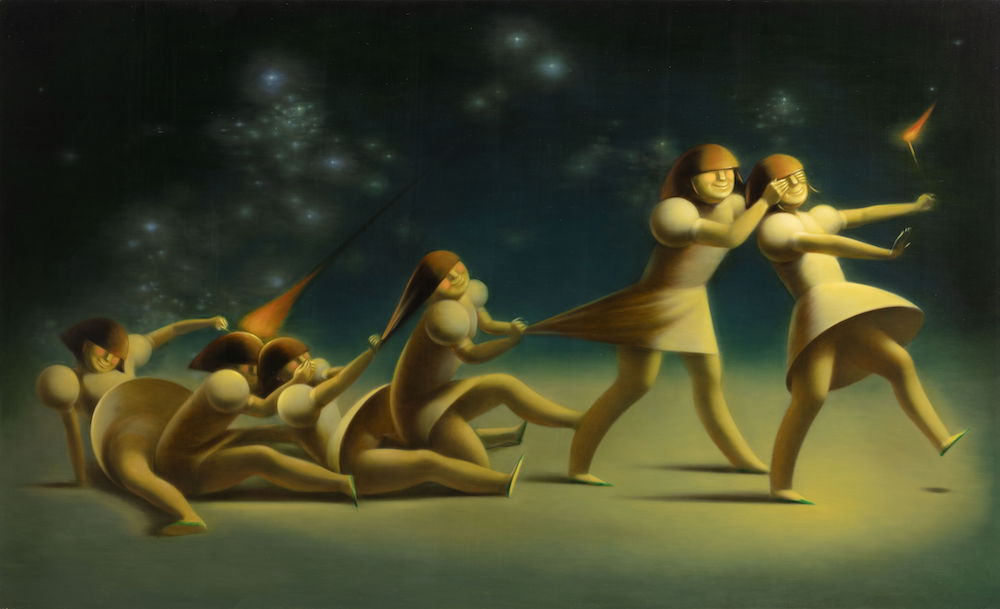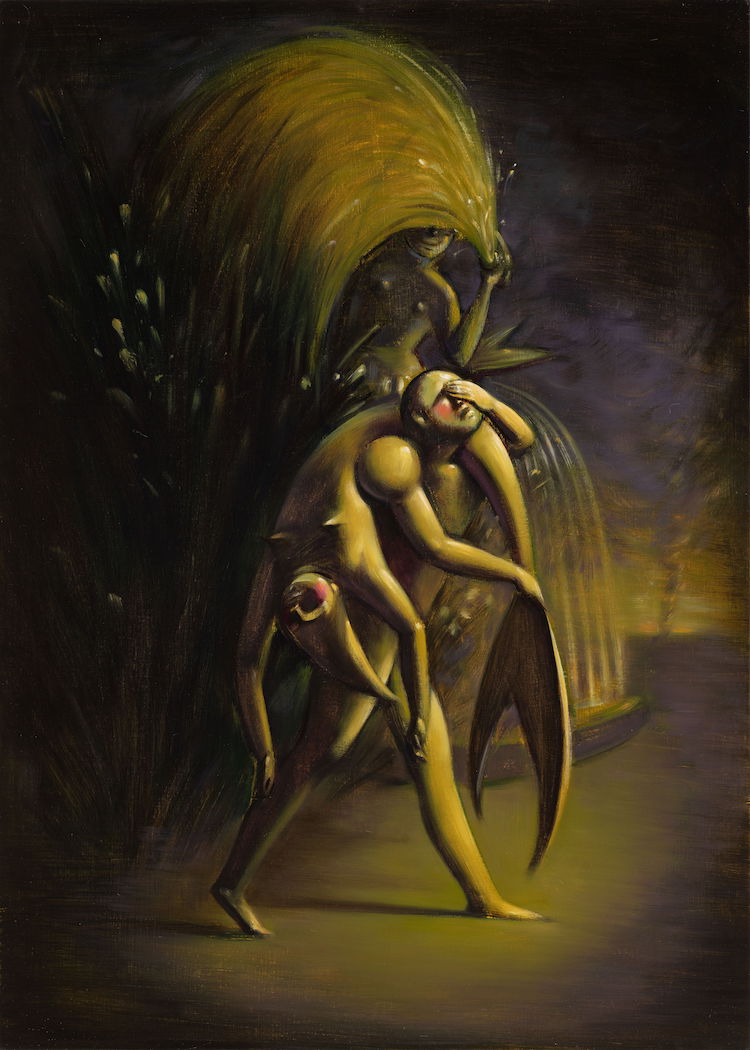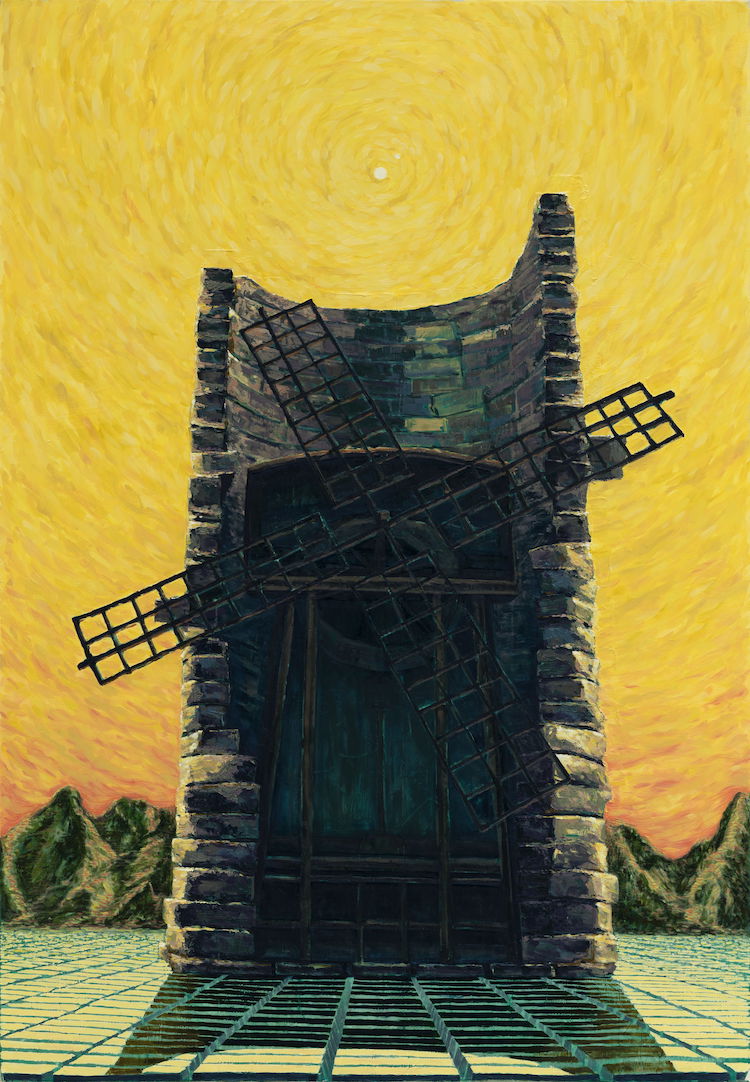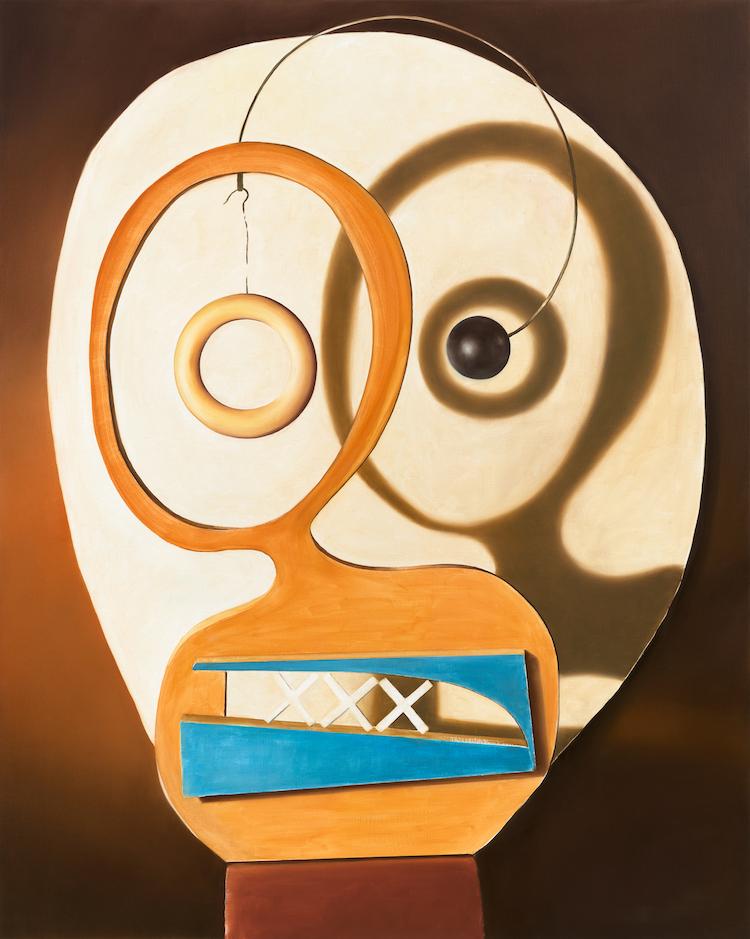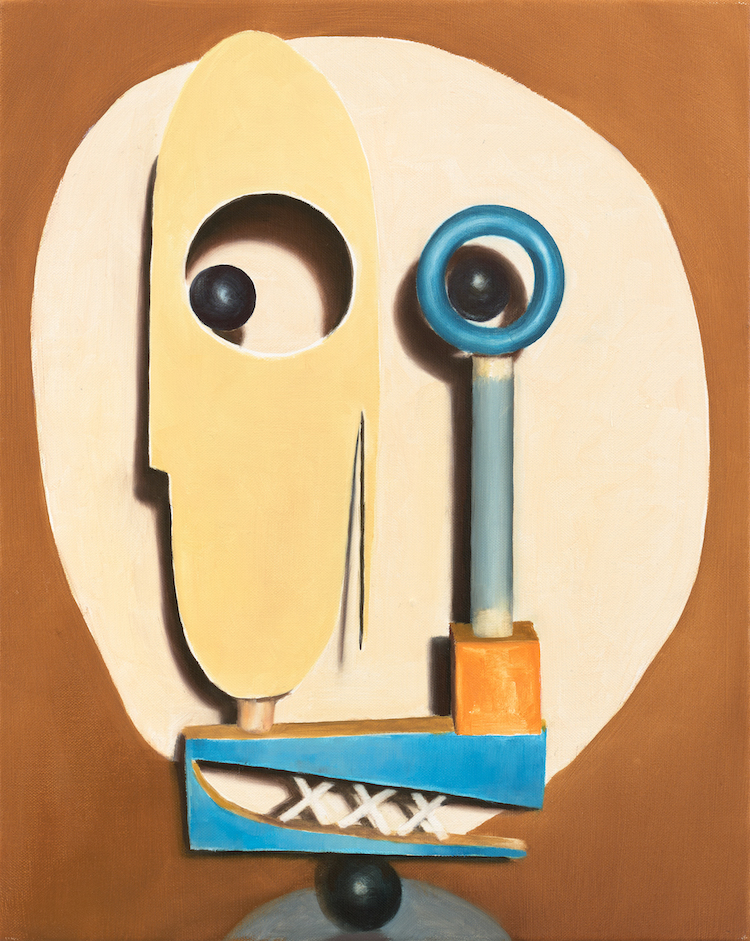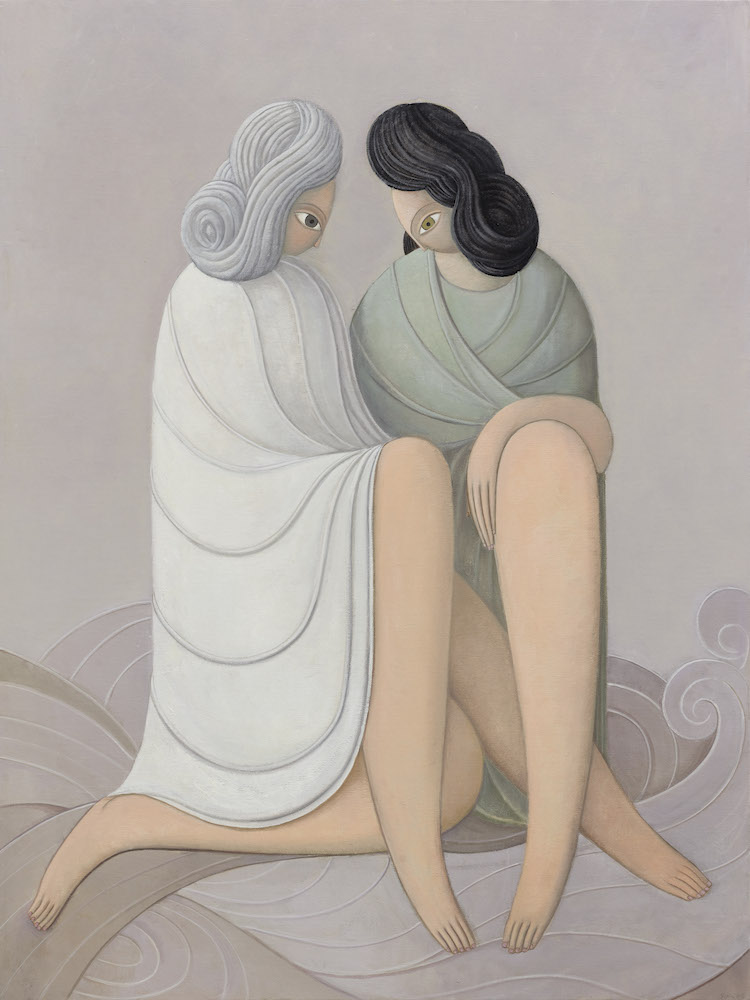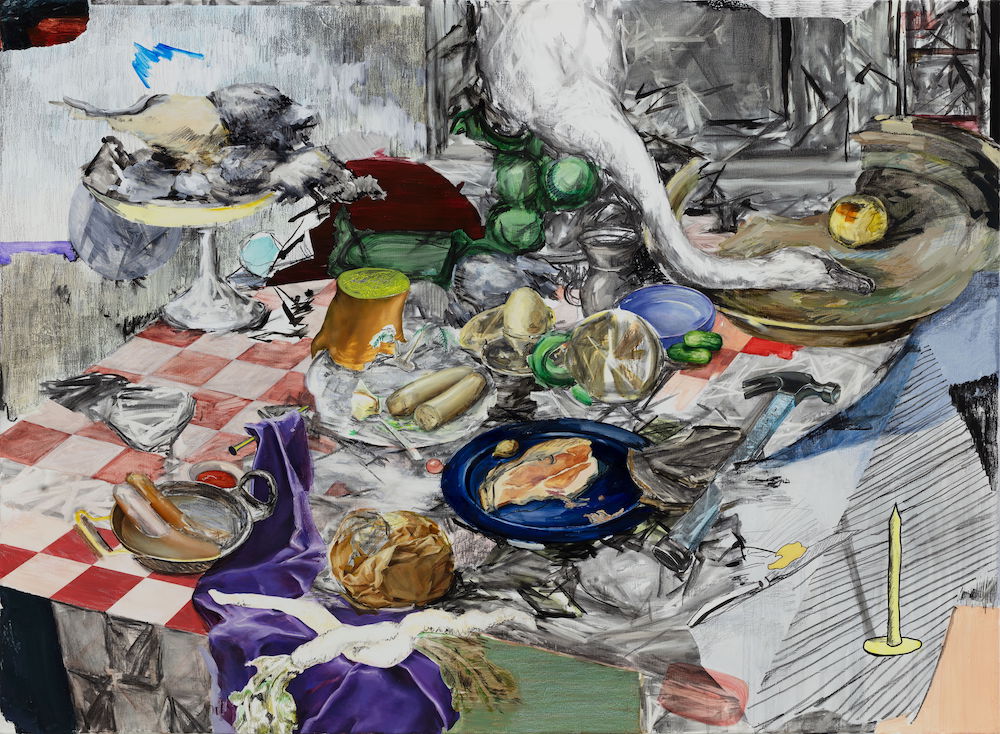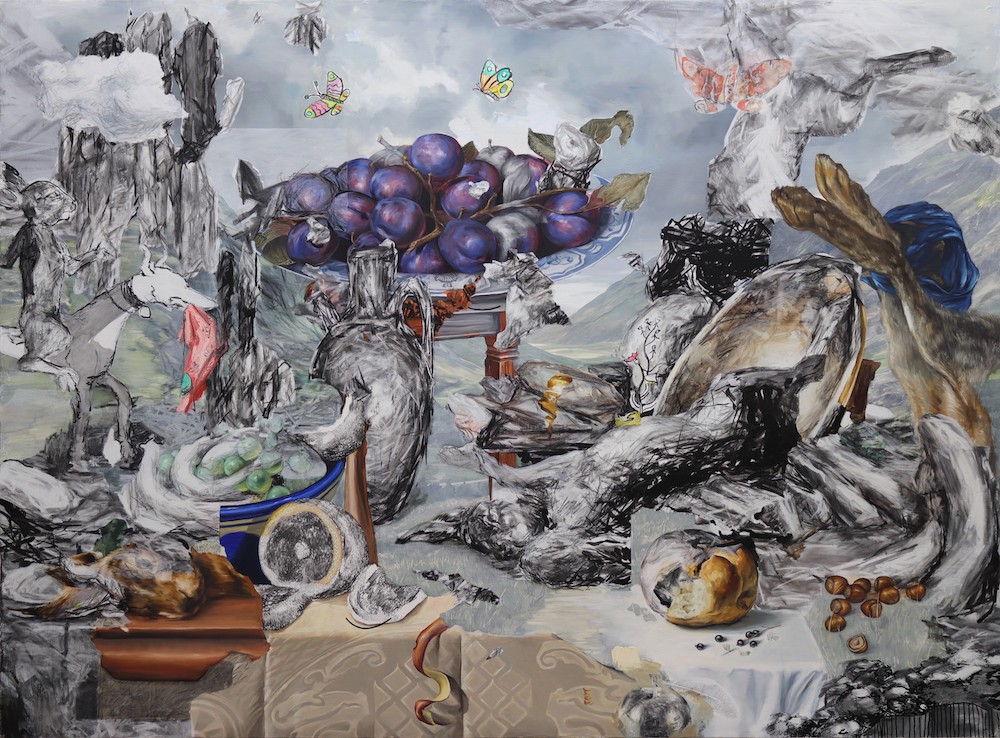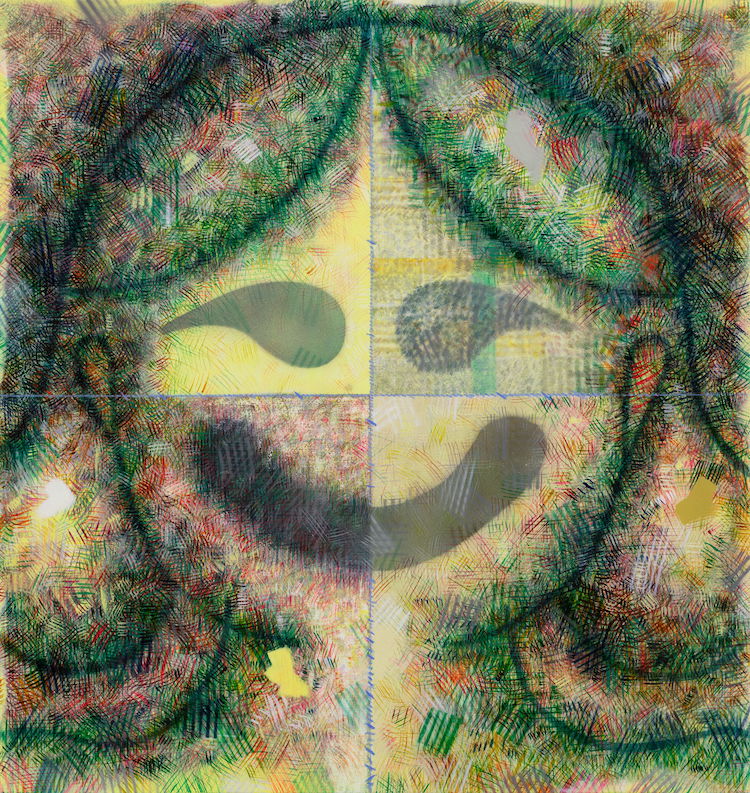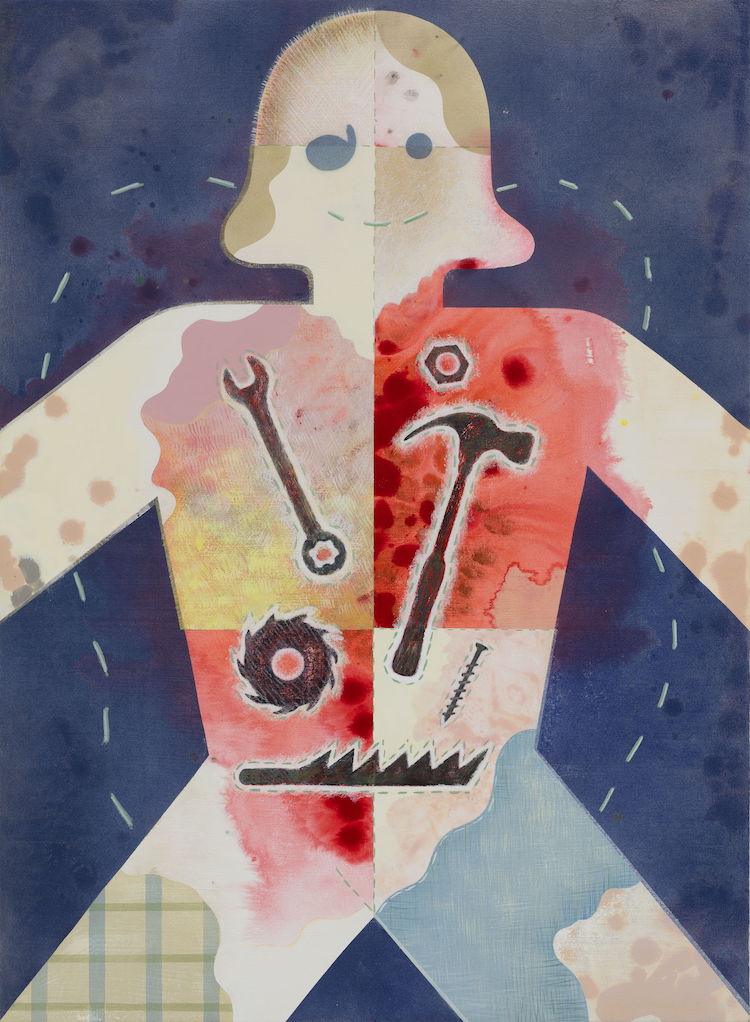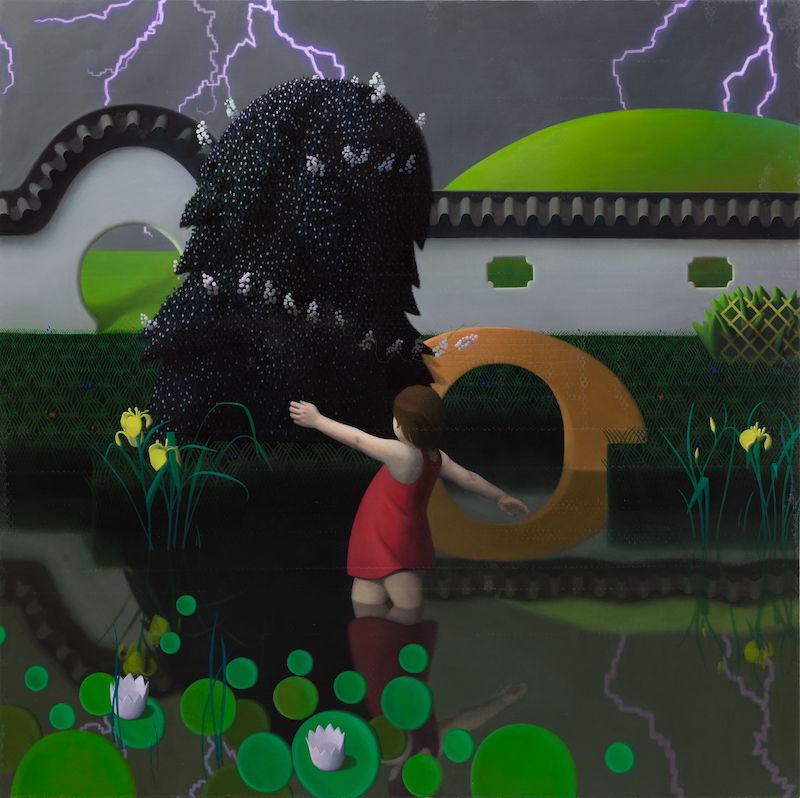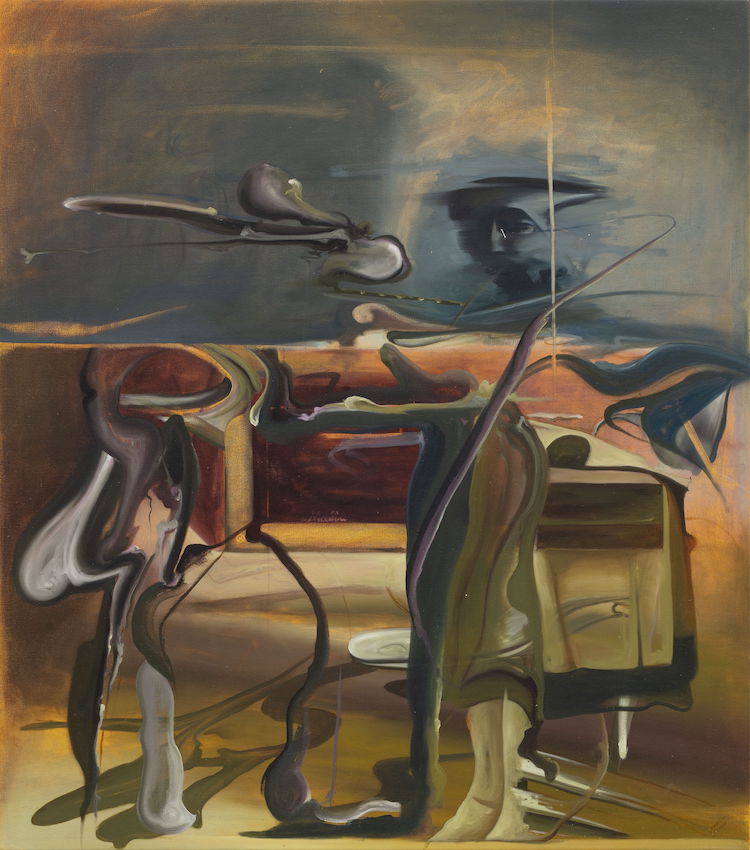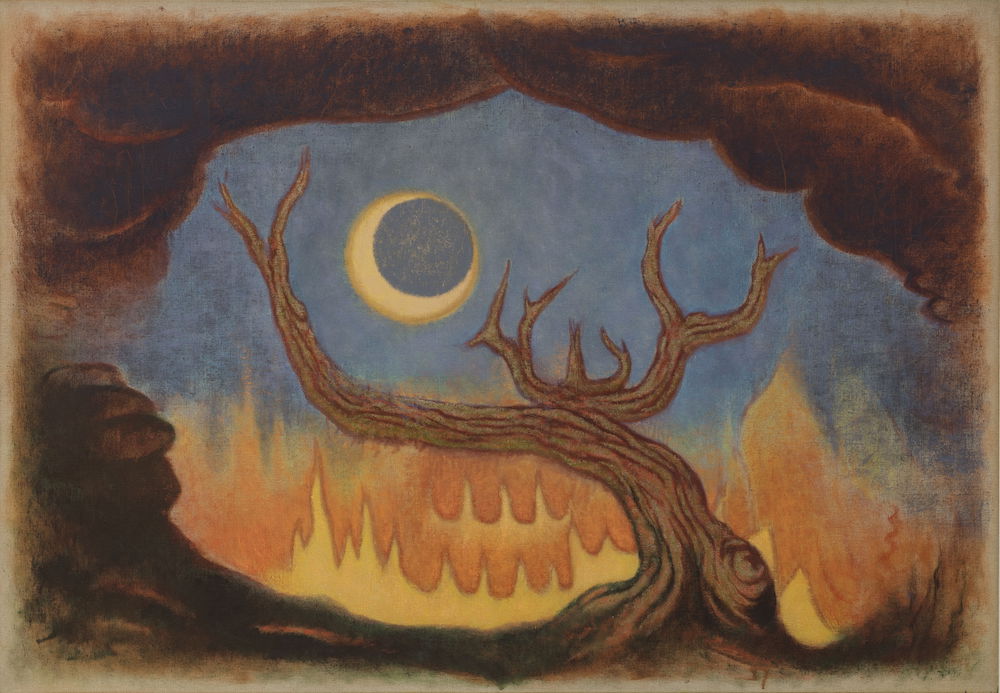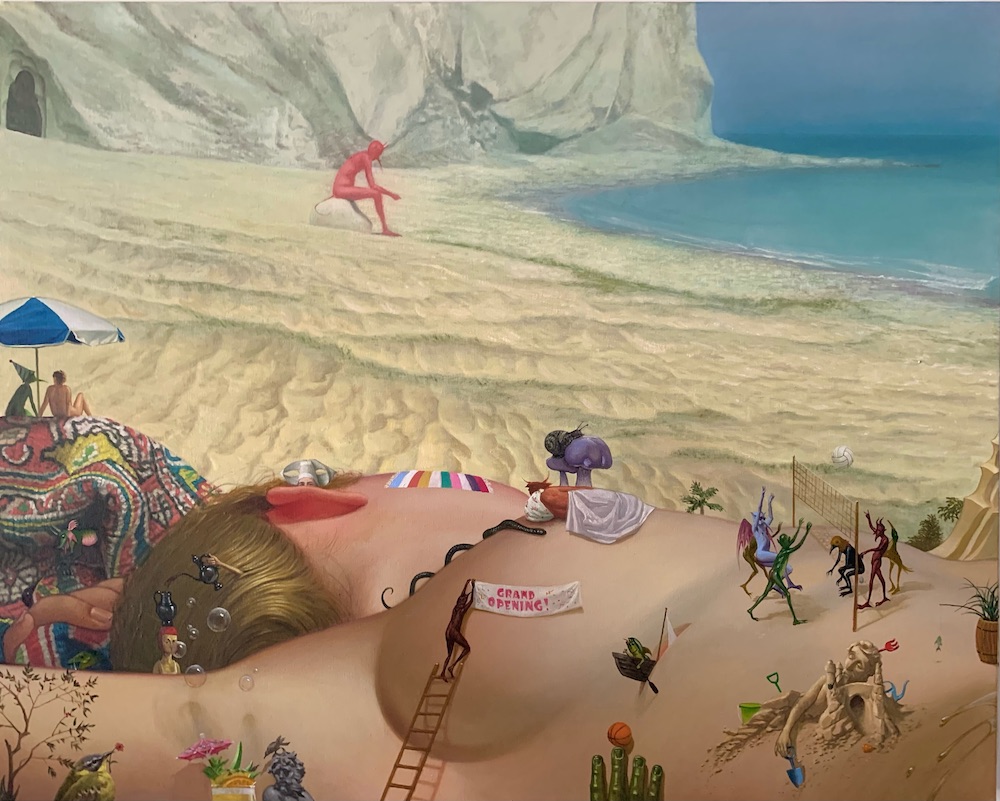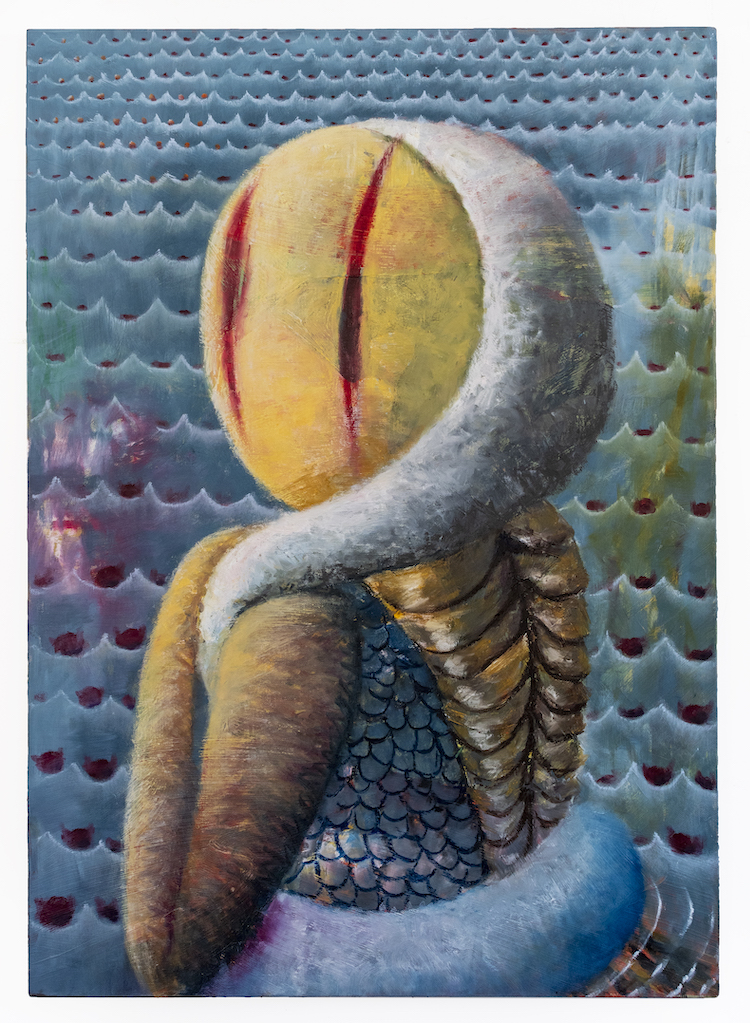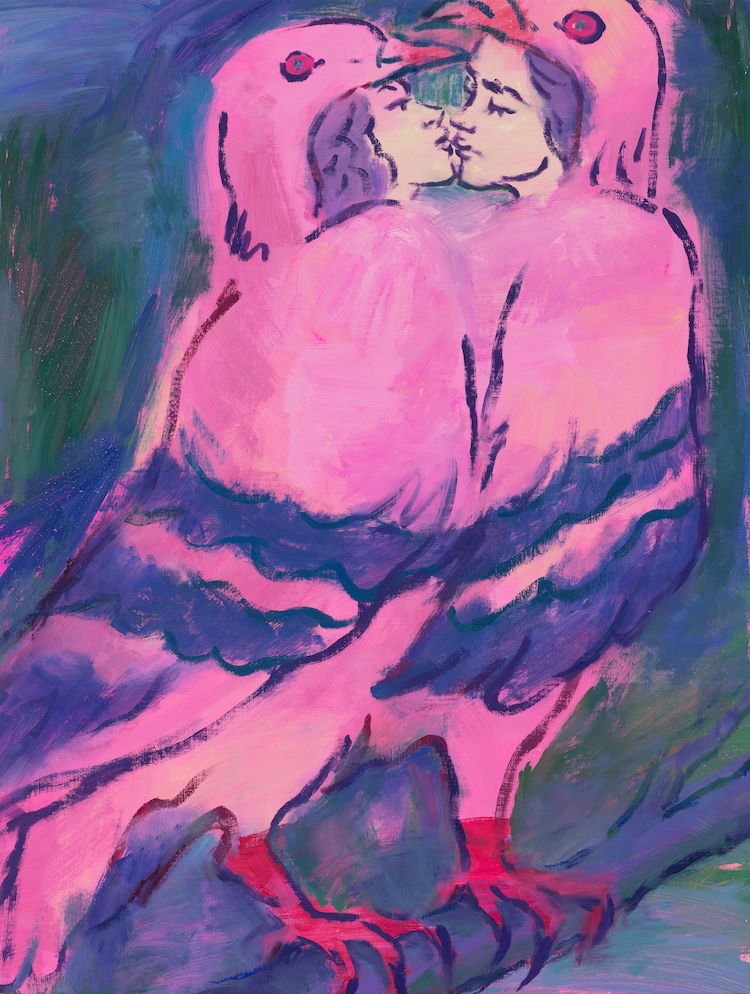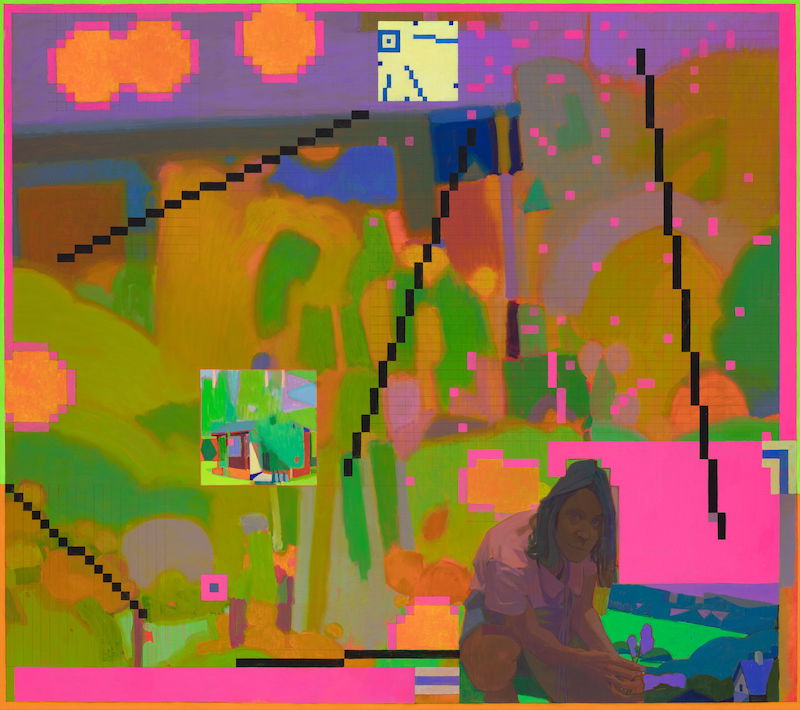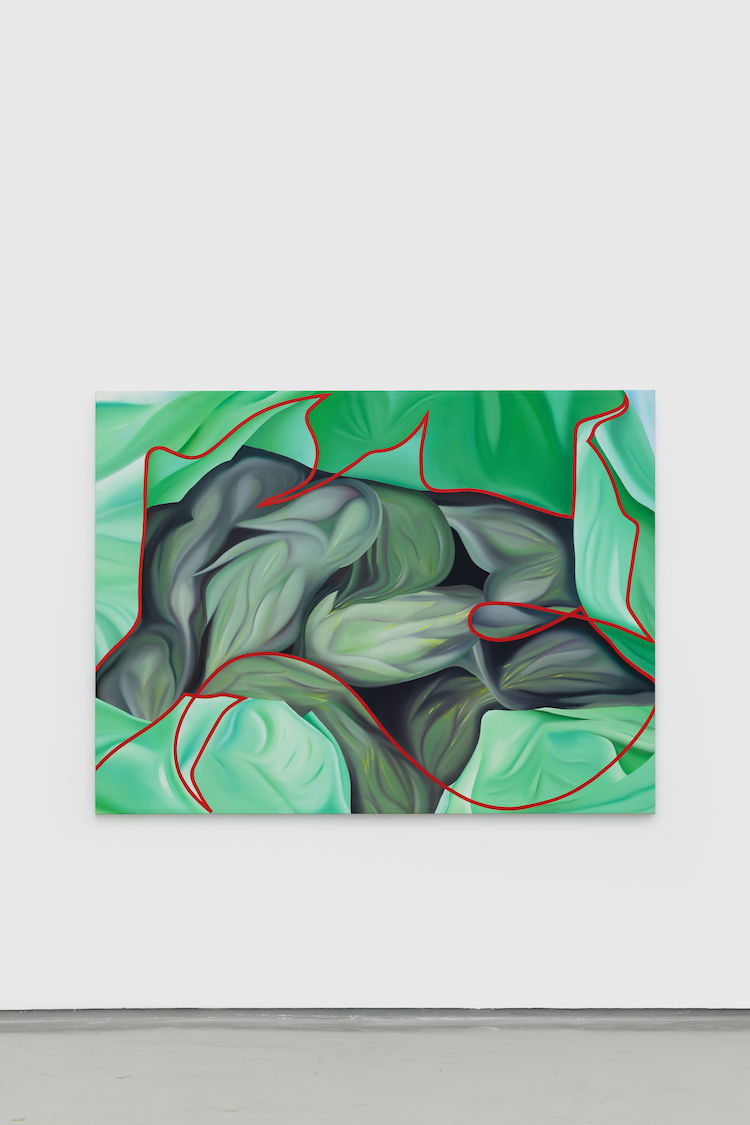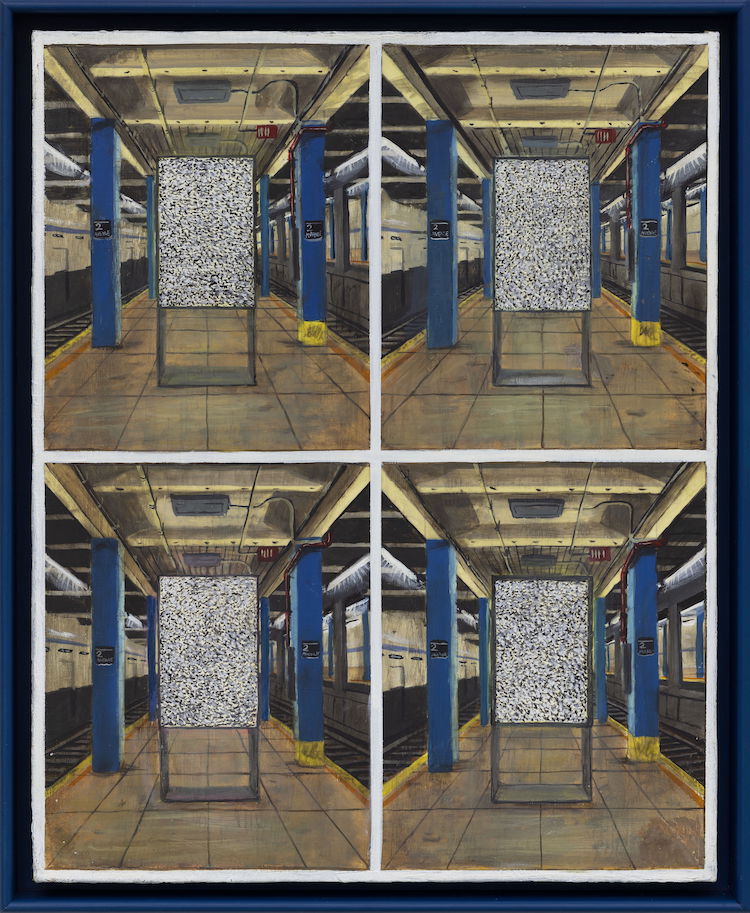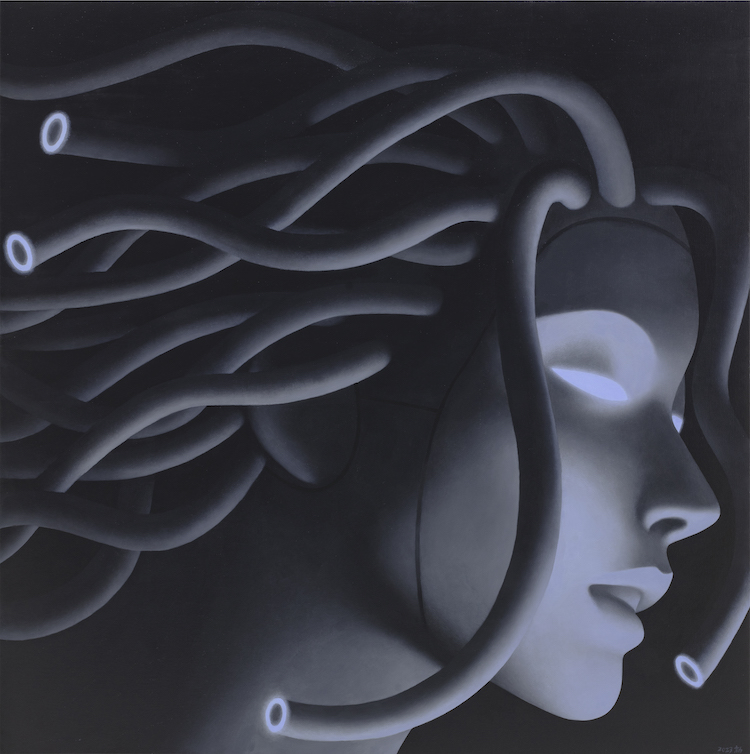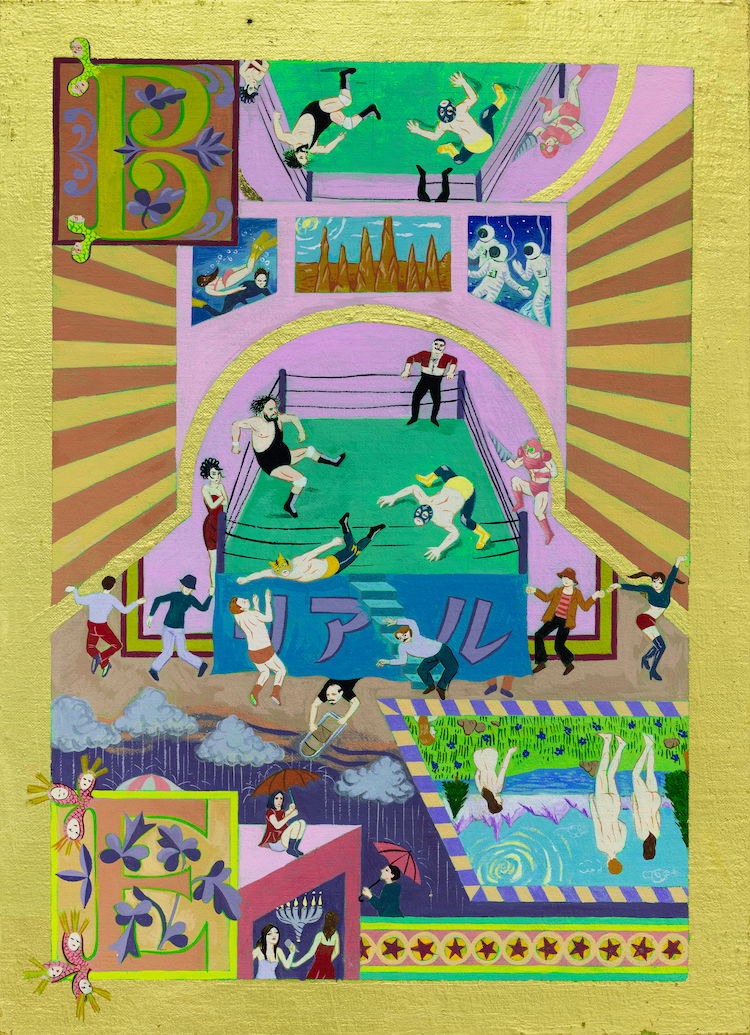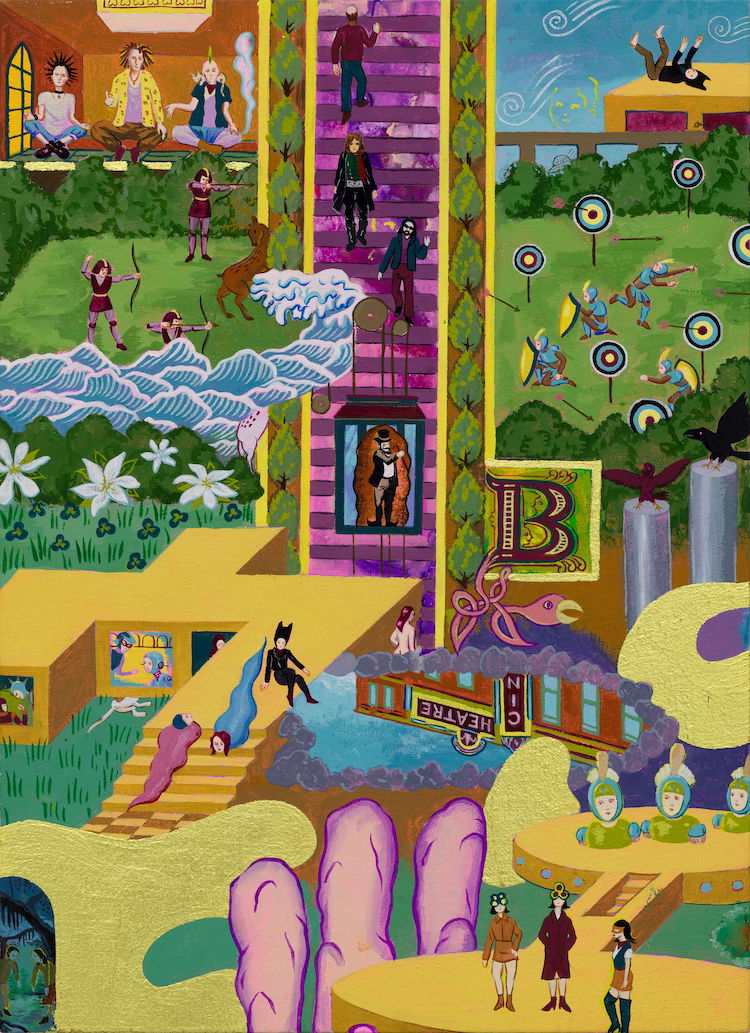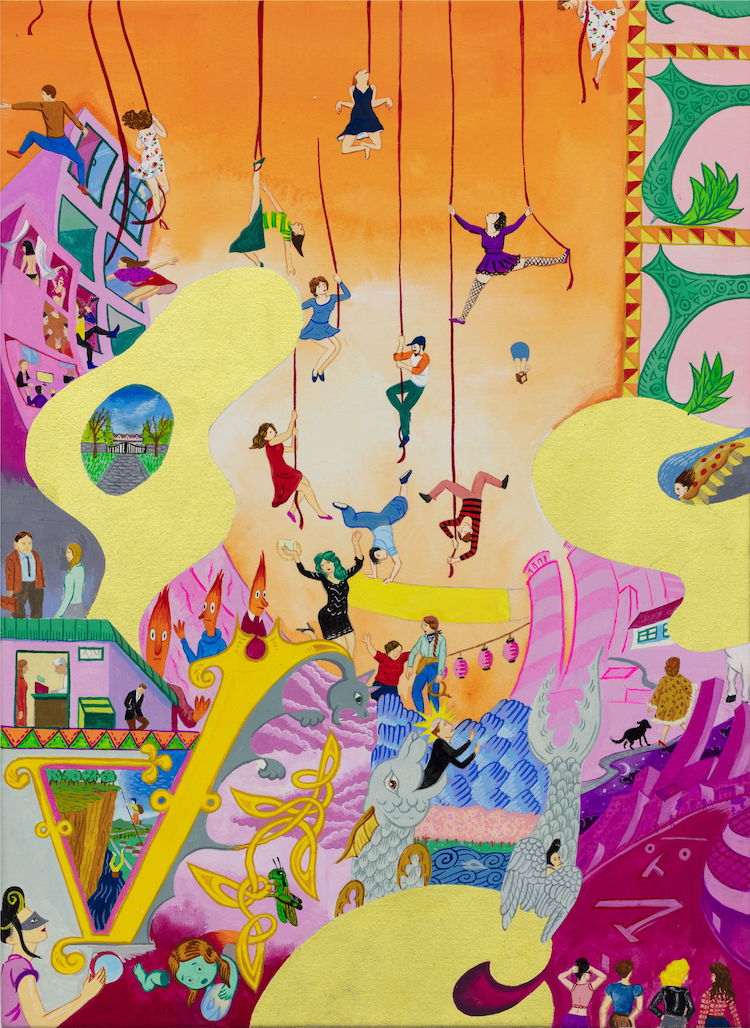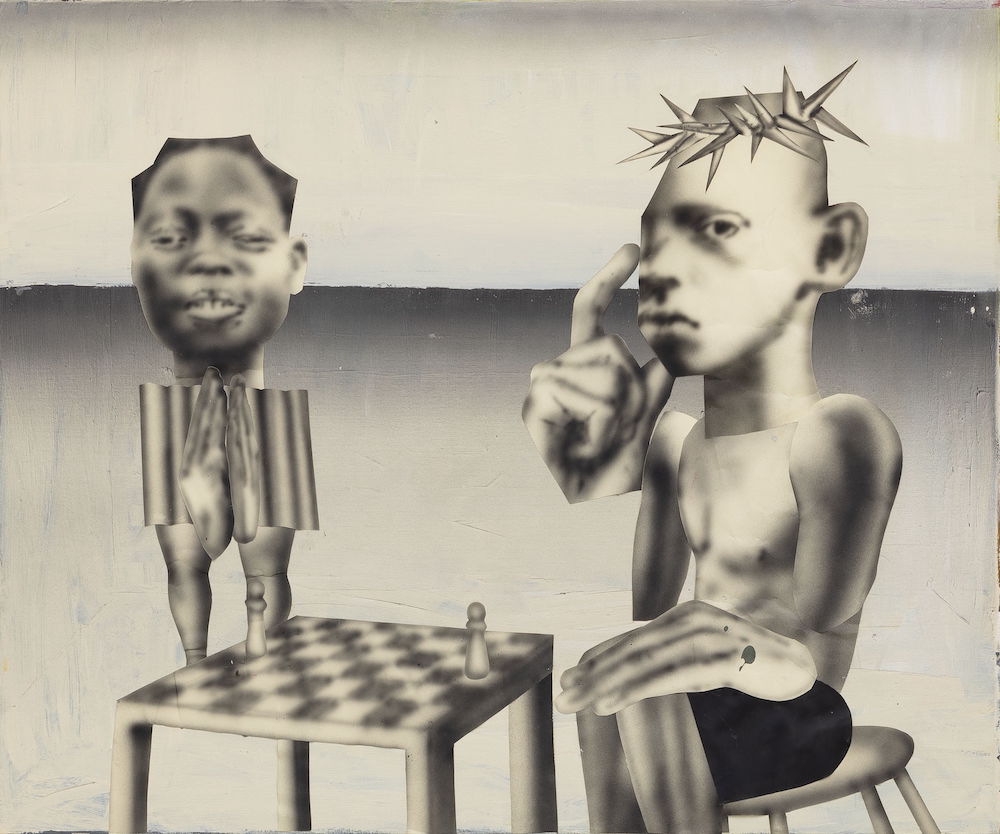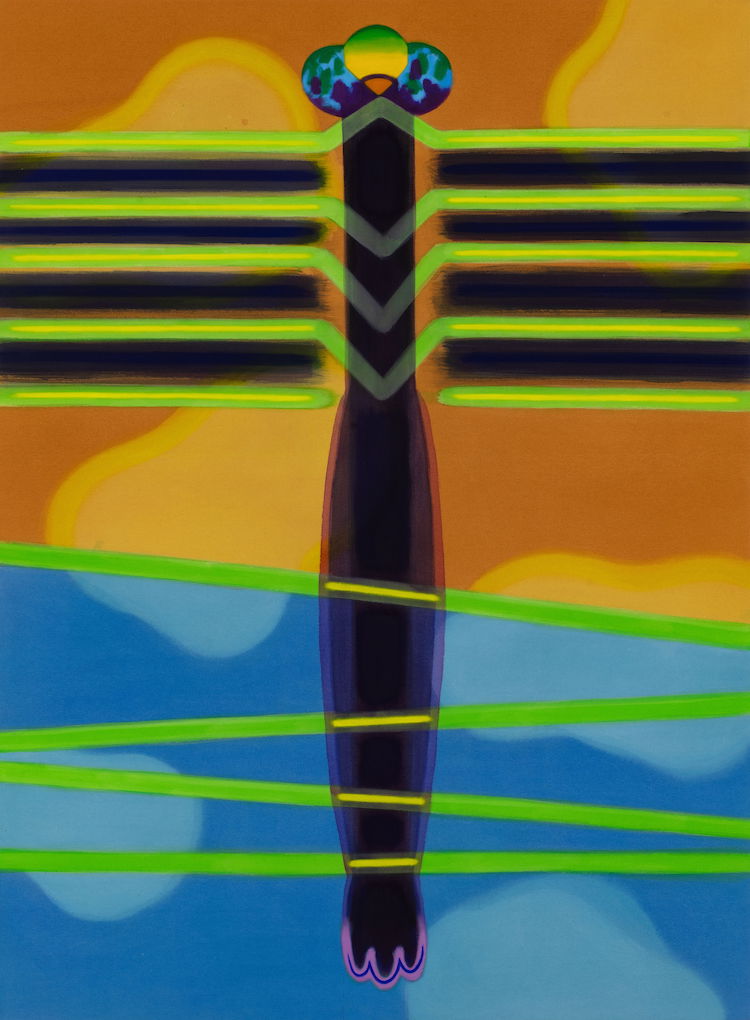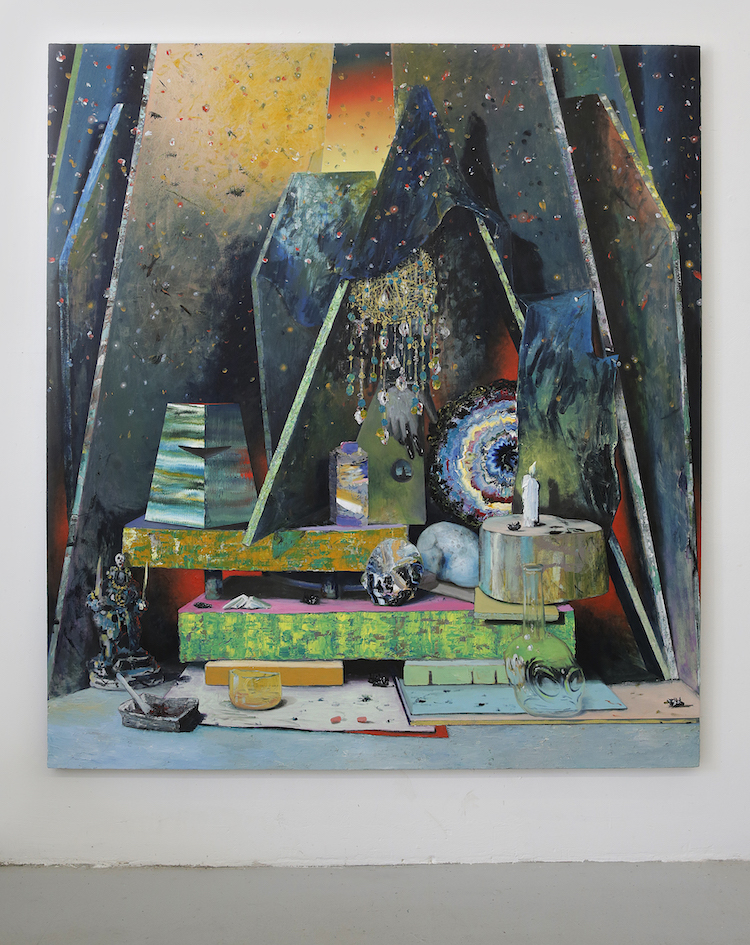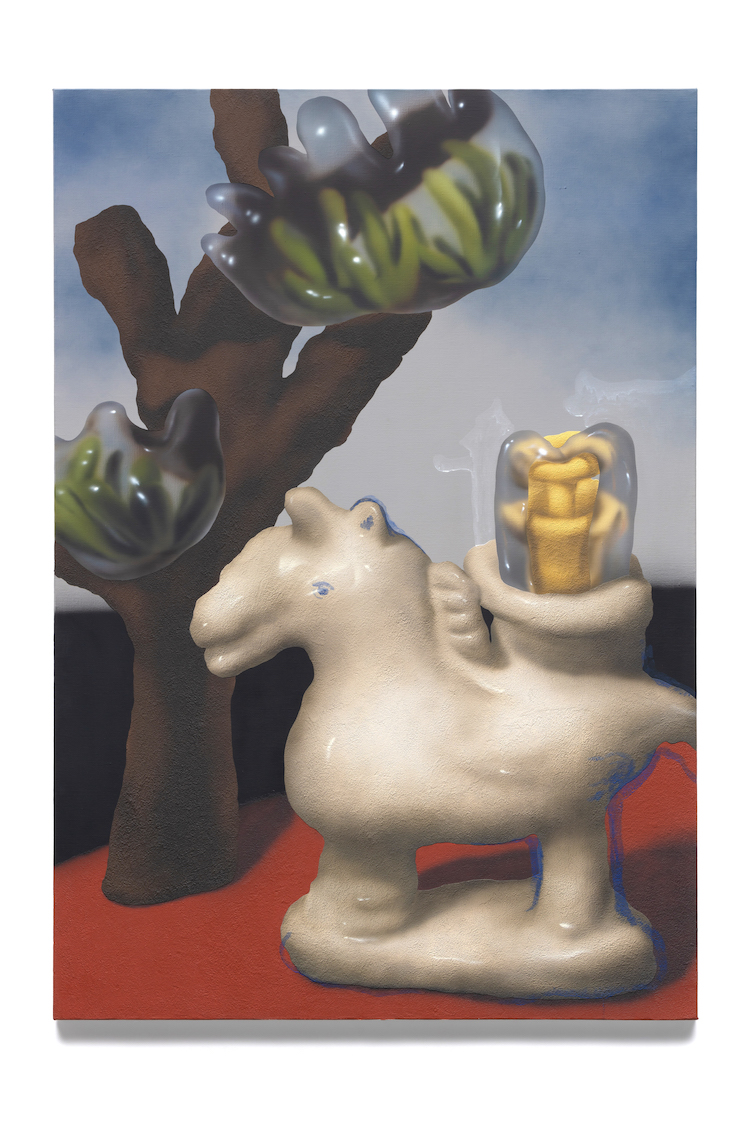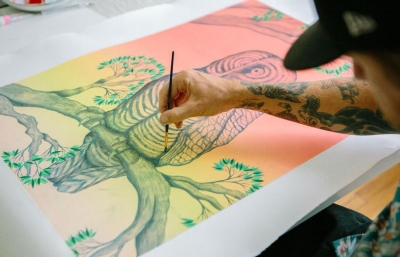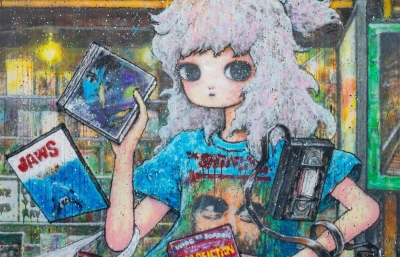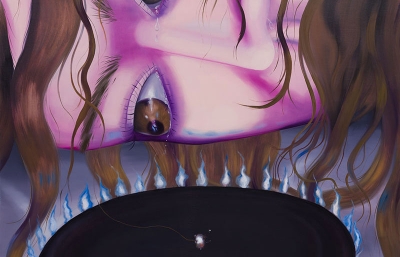Since ancient times, humanity had a tendency to explain the world through the concept of duality. The existence of interconnected opposites, the good and the evil, was an easy way to understand and make sense of things and events around us. But being wired to see things in such binary terms makes it difficult to comprehend the possible existence of many different, sometimes contradictory directions happening at once — a multitude of dualities forming a multitude of realities, a Polireality.
This concept of polireality doesn’t exclude the undisputable existence of duality. A painting itself is at its core built from the two opposites - fluids mixed together with powdered stones form pigments which are then used to create whole new worlds. The painterly practice can also be divided into the logical design of the composition and the emotive, ritualistic application of the paint, to some extent honoring the mind-body dualism theory, a metaphysical stance that mind and body are two distinct substances. On the other hand, painters utilized duality dynamics throughout centuries to create compelling works of art speaking of two forces existing on opposite ends of the spectrum. Such polarities as light and dark, hot and cold, love and hate, or happy and sad condition our everyday thinking but can also create a sense of tension within a work of art. Contrasted against each other, this dichotomy is bound to suggest a narrative, an eternal cosmic battle on which entire religions, beliefs, and philosophical concepts are based.
And although historically established and approved, such concepts almost exclusively propose the existence of duality within the one, same actuality. Interested in re-wiring our binary mental setup, Polireality is looking at extending such a notion to a multitude of realities with "thinking outside of the dualistic box." By presenting varied examples of mixing and matching different factualities to form new ones, these works keep an open door for new approaches, harnessing the stimuli and welcoming potential. Whether interrupting the traditional aesthetics with contemporary imagery, placing illustrative segments as essential parts of painterly passages, putting inanimate objects in dialogue with human figures, transforming expressively abstract sections into a representational image, or merging a whole jumble of diverse elements into a mind-bending new scene, these artists are proposing visual metaphors through which further to understand the complexity and multidimensionality of our everyday Polireality.
The exhibition was curated by Sasa Bogojev at the Hive Center for Contemporary Art in Beijing, China
Artists: Cian-Yu Bai, Bridget Mullen, Dennis Scholl, Aoi Tokunaga, Du Jingze, Fan Jing, Ji Xin, Jasper Hagenaar, Ho Jae Kim, Xian Kim, Christian Ruiz Berman, Yang Semine, Lindsay Burke, Luke Agada, Lu Yu, Martyn Cross, Matthew Hansel, Mie Yim, Nimyu, Joke Derycke, Sainer, Stefano Perrone, Stipan Tadic, Tan Yongqing, Toby Cato, Hippolyte Hentgen, Tat Ito, Ivan Seal

